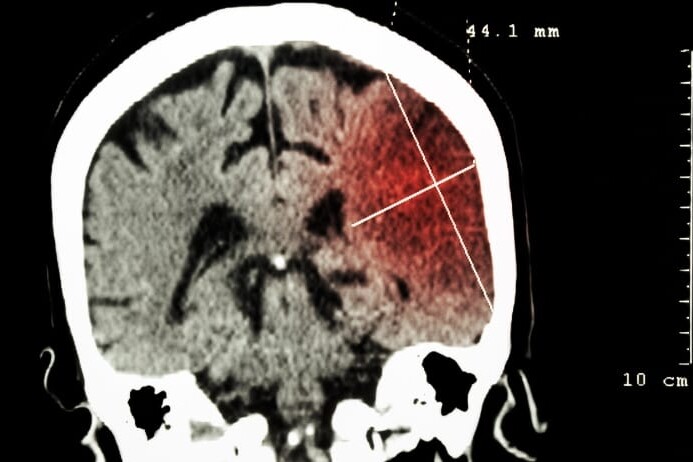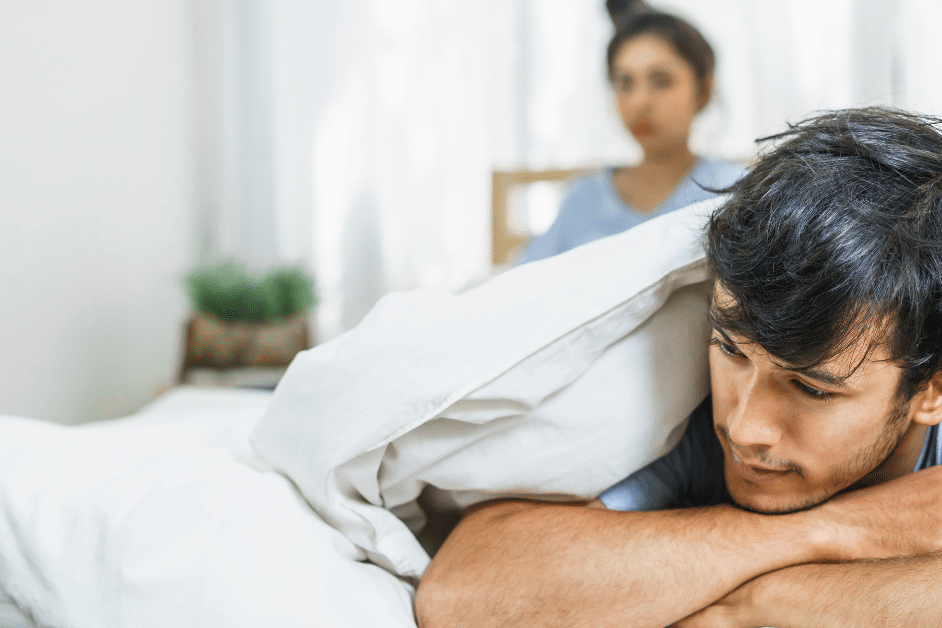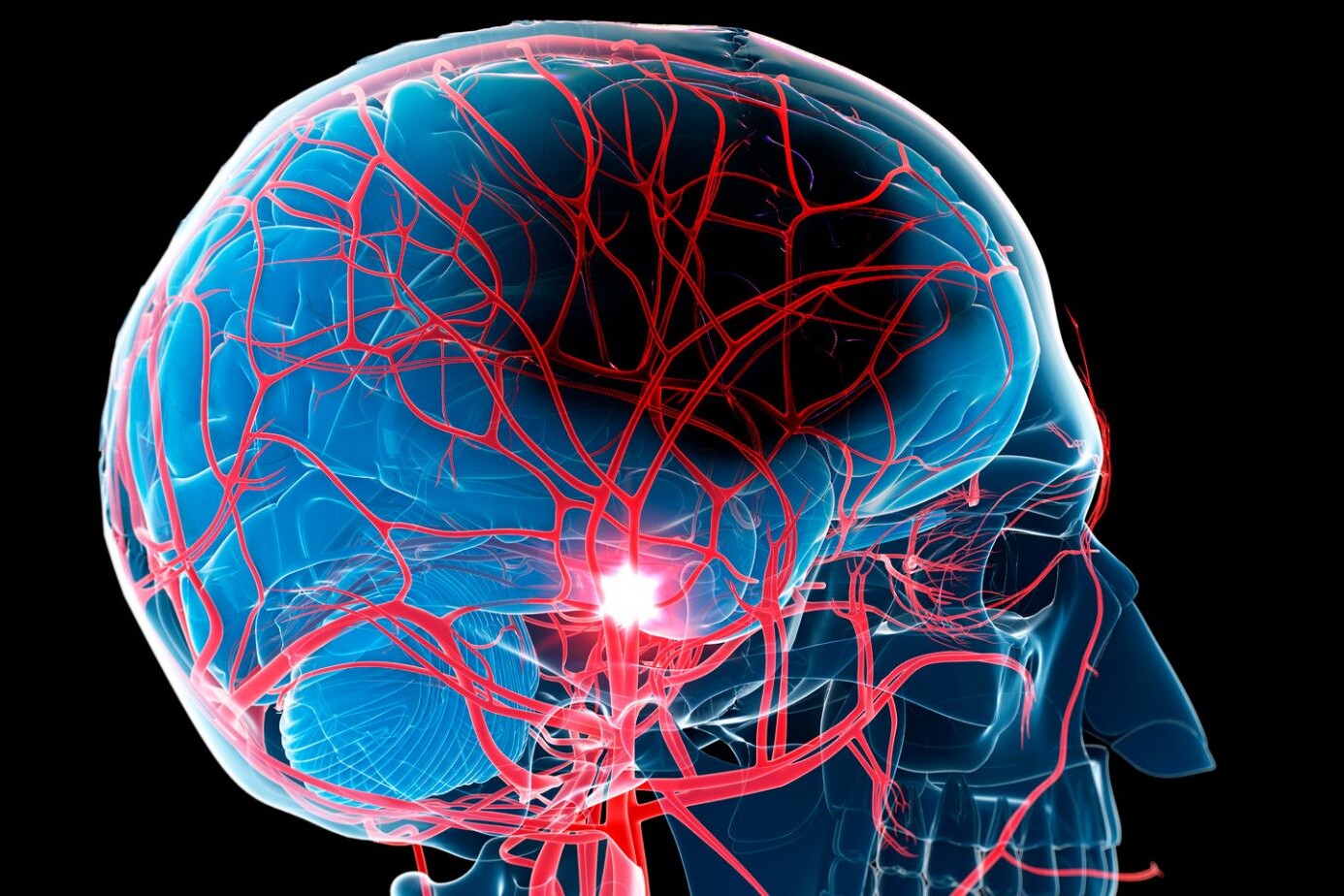Imagine you wake up one morning, and suddenly, one side of your body feels heavy and unresponsive. Your speech is slurred, and you can’t understand what’s happening. You may be experiencing a stroke, a condition that can be life-altering and even life-threatening. While surviving a stroke is a significant achievement in itself, the journey doesn’t end there. Rehabilitation after stroke is crucial for recovering your abilities and improving your quality of life. Let’s talk about how repair after a stroke can help with recovery and quality of life.
Table of Contents
ToggleWhat is Stroke?
Before we dive into the importance of rehabilitation, let’s briefly understand what a stroke is. A stroke takes place when there is an interruption or reduction in the blood supply to a part of the brain, leading to a deprivation of oxygen and nutrients to brain cells. This can happen via two main mechanisms:
- Ischemic Stroke: This is the most common type of stroke, occurring when a blood clot or plaque buildup blocks a blood vessel in the brain.
- Hemorrhagic Stroke: Less common but often more severe; this type of stroke happens when a blood vessel in the brain ruptures, causing bleeding and pressure on brain tissue.
Regardless of the type, a stroke can cause damage to the brain, resulting in various physical, cognitive, and emotional challenges. rehabilitation after stroke aims to address these challenges and help individuals regain their independence and overall well-being.
The Importance of Rehabilitation After Stroke
Rehabilitation after stroke plays a vital role in the recovery process. It is a comprehensive, multidisciplinary approach that involves various healthcare professionals working together to help stroke survivors regain their lost abilities. Here’s why it’s so crucial:
Regaining Physical Function
After a stroke, many individuals experience weakness or paralysis on one side of their body. This can make performing even basic daily activities like dressing, bathing, or walking challenging. Rehabilitation, including physical therapy, focuses on strengthening muscles, improving balance, and retraining the body to move correctly. With consistent effort and guidance from therapists, stroke survivors can regain their mobility and independence.
Restoring Speech and Communication
Stroke can affect the brain’s language centers, leading to speech and communication difficulties, including aphasia (a language disorder). Stroke rehabilitation typically includes a crucial component: speech therapy. Therapists help stroke survivors relearn speaking, understanding language, and communicating effectively. This enhances their quality of life and promotes social engagement and emotional well-being.
Cognitive Rehabilitation
Many stroke survivors experience cognitive challenges, such as memory problems, difficulty with problem-solving, and decreased attention span. Occupational therapists and neuropsychologists can help address these issues through cognitive rehabilitation. This involves exercises and strategies to improve cognitive function and enable individuals to perform daily tasks more effectively.
Emotional Support
Recovery after a stroke can be emotionally taxing. Individuals may experience anxiety, depression, frustration, and even grief over the loss of their previous abilities. Rehabilitation can provide emotional support and counseling to help stroke survivors cope with these feelings and improve their mental well-being.
Preventing Complications
Stroke survivors are at risk of various complications, including pressure ulcers, muscle contractures, and blood clots. Rehabilitation helps prevent these complications by teaching proper body positioning, skincare, and mobility techniques. This proactive approach can significantly enhance a person’s overall health.
Improving Quality of Life
Ultimately, rehabilitation is about improving stroke survivors’ overall quality of life. It helps them regain independence, participate in daily activities, and reengage with their communities. By addressing physical, cognitive, and emotional challenges, rehabilitation offers a path toward a more fulfilling life after a stroke.
The Rehabilitation Team
Rehabilitation after stroke is a team effort. Various healthcare professionals work together to address the different aspects of a stroke survivor’s recovery:
- Physiotherapist: A medical professional specializing in physical medicine and rehabilitation who oversees the entire rehabilitation process.
Occupational Therapist: Helps individuals regain skills needed for daily living, like dressing and cooking.
Speech Therapist: Specializes in communication and swallowing difficulties.
Neuropsychologist: Assists with cognitive rehabilitation and addresses emotional and mental health issues. - Rehabilitation Nurse: Provides medical care and education to stroke survivors and their families.
Social Worker: Offers support and resources to address social and emotional challenges.
Rehabilitation after stroke Approaches
The specific rehabilitation plan for a stroke survivor varies based on the individual’s needs and the extent of their stroke-related challenges. Here are some common approaches used in stroke rehabilitation:
- Physical Therapy: Exercises and activities to improve strength, balance, and mobility.
- Occupational Therapy: Strategies for daily activities, adapting to the home environment, and using assistive devices.
- Speech Therapy: Techniques to improve speech, language, and swallowing.
- Cognitive Rehabilitation: Exercises to enhance memory, problem-solving, and attention.
- Emotional Support: Counseling and support for emotional well-being.
- Medications: In some cases, medicines may be prescribed to manage specific stroke-related symptoms.
- Assistive Devices: Using mobility aids or adaptive equipment to enhance independence.
- Lifestyle Modifications: Guidance on healthy living, including diet and exercise, to reduce the risk of future strokes.
Setting Realistic Goals
Rehabilitation after stroke is not a one-size-fits-all process. Setting realistic goals tailored to the individual’s abilities and aspirations is essential. Progress can be slow, and it’s crucial to celebrate even small achievements. The rehabilitation team will work closely with the stroke survivor and their family to create a customized plan that aligns with their needs and goals.
The Role of Family and Caregivers
Family and caregivers are critical in a stroke survivor’s rehabilitation journey. They can offer support, encouragement, and assistance with exercises and daily activities. Caregivers should also learn about stroke and its effects to provide adequate care and communicate with the rehabilitation team. Remember, stroke recovery can be long and challenging, so patience and understanding are essential.
Conclusion
Rehabilitation after stroke is not only about regaining lost abilities; it’s about reclaiming one’s life. The journey may be challenging, but remarkable progress is possible with the proper support and determination. If you or a loved one has experienced a stroke, don’t underestimate the importance of rehabilitation. It can lead to a brighter, more independent, and fulfilling future. Work closely with your rehabilitation team, set achievable goals, and stay motivated – there’s hope and help available on the road to recovery.
About The Author

This article is medically reviewed by Dr. Chandril Chugh, Board-Certified Neurologist, providing expert insights and reliable health information.
Dr. Chandril Chugh is a U.S.-trained neurologist with over a decade of experience. Known for his compassionate care, he specializes in treating neurological conditions such as migraines, epilepsy, and Parkinson’s disease. Dr. Chugh is highly regarded for his patient-centered approach and dedication to providing personalized care.
→ Book a consultation to discover which remedies suit your needs best.




